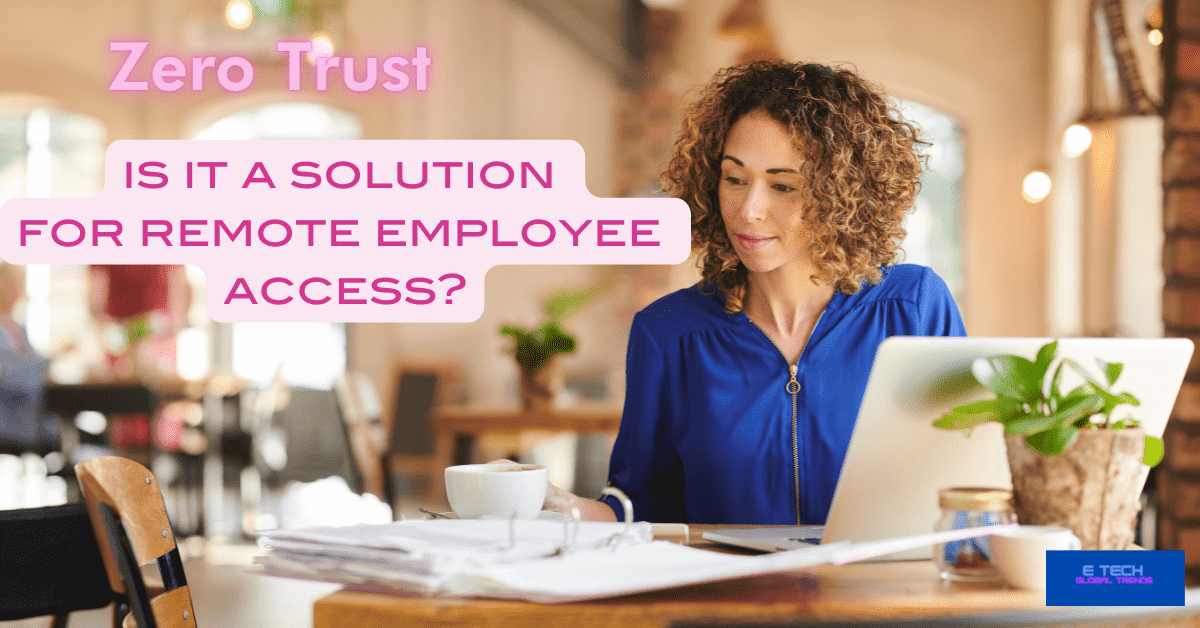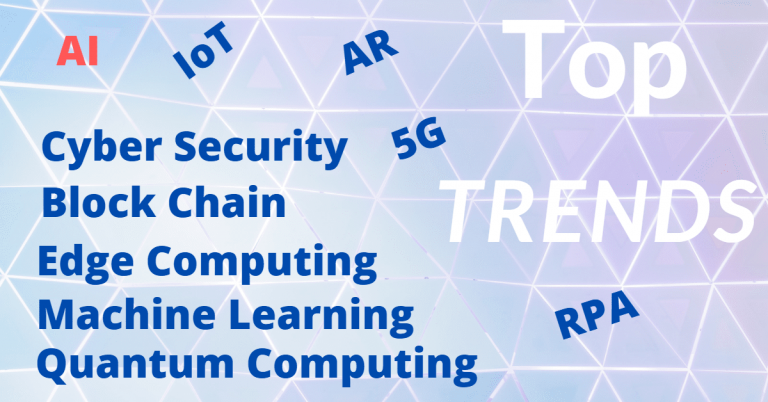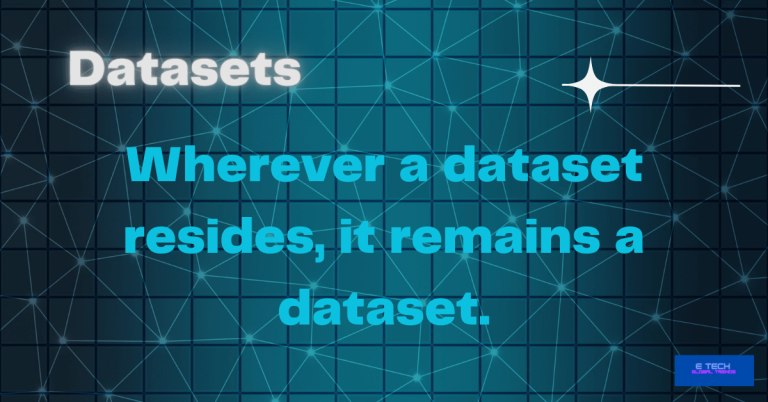Zero Trust
In reality, the remote shift today is to blame for 74% of organizations saying they cannot escape from cyberattacks. Yes, it is. This is an endless struggle.70% of remote employees use personal devices to access a network for work. as a flexible and cost-effective task. This is where the vulnerability occurs. So this article “ Zero Trust” is trying to discuss the latest insights.
well, let’s join here…
While you are reading, can also switch to the basic cybersecurity knowledge here.
And AI in cybersecurity, our recent posts.
Furthermore, when the White House declared intentions to transition US federal systems toward zero trust architecture, interest in zero trust surged.
What is Zero Trust?
Zero Trust Network/Remote Access (ZTNA /ZTRA) use to create a safe and secure IT network within your company. since you don’t trust any of your
- employees,
- clients, or
- outside support staff.
Therefore, an organization can choose a product or service that establishes a logical access barrier based on identity and context that includes a user, a collection of apps, or both that enable a zero trust security model/framework.
Framework in the IT industry asserts that networks can secure with vigilance since they are constantly vulnerable to cyber threats.
According to the IT paradigm known as “Zero Trust,” network users have to pass always under;
- Verification
- Authorization
- Validation
Zero Trust is a method for companies to safeguard their network by not allowing anybody access without continual identification
How does “zero trust” work?
In other words, to clarify, a strategic cybersecurity technique is called “Zero Trust”. Criteria to safeguard a business by getting rid of implicit trust. and it covers all the time validating each and every level of digital access points.
- User/application authentication,
- device authentication and
- Physical trust
are the three main elements of a zero trust network.
About 3 major elements of ZERO TRUST
In other words, It is essential for cybersecurity to have zero trust security module, used for network access because it needs three particular things:
*both internal and external detection and enforcement mechanisms
*Device and user identities and context awareness
*a network that is encrypted and has robust authentication, authorization, and auditing features.
The requirement for zero trust designs got more popular due to the increase in remote and hybrid work, which exposes networks to new devices.
Moreover, the introduction of this wave of brand-new gadgets has created additional cybersecurity risks and difficulties.
This has led to a rise in the need for software and architectural designs that fortify an organization’s current network with an additional layer of protection.
for instance, Trending cybersecurity products created for WFH enterprises include;
- Traced and
- Akeero,
How do remote cyber security Attacks occur?
Yes, in major 3 ways. Those are on;
- Confidentiality
- Availability
- Integrity
of a network are the three basic categories of cyberattacks that exist today.
Let me clarify further…
1 breach type attacks
Attacks that breach confidentiality seeks to take or reveal sensitive information from a system, such as credit card or social security numbers, in a prohibited or unauthorized way.
as a result, More than 40 million consumers’ credit and debit card details were taken by hackers who gained access to Target’s payment systems. Hackers were able to track when a client swiped his or her card by installing malware—malicious software—into Target’s system, which then automatically sent the information to the hackers.
2 (DoS) and (DDoS) cyber attacks
Denial-of-service (DoS) or distribution denial-of-service (DDoS) cyberattacks, which target a network’s availability, are common.
Through a tremendous influx of queries that render the website unusable, denial-of-service attacks try to shut down a network. The only difference with distributed denial-of-service attacks is that the attacker has deployed many systems to carry out the attacks. DDoS assaults try to employ as many attackers as possible making it practically difficult to discern between attacker-generated traffic and authorized traffic.
In order to hide its source, this kind of assault may potentially employ compromised systems. In a “botnet,” which is a collective of hijacked computers used in coordinated attacks, hundreds of thousands or even millions of machines can be used by hackers.
3 Network integrity attacks
The integrity of a network may be impacted by cyberattacks. These assaults are more physically oriented. They change or remove computer code with the intention of harming hardware, infrastructures, or real-world systems. A machine is ultimately rendered worthless after an integrity assault has seized control of it.
How is remote work secure?
Therefore, In reality, employees who work in offices utilize pre-approved, secure devices to protect sensitive data. However, when your staff works remotely, there is always a chance that files, reports, or papers can be lost. The protection is not enough against malware or hacker assaults. Of course, they aren’t preparing for it. Therefore, having staff use their personal computers while at work might be risky for your business.
Well, are you aware of it? If not, you can have immediate action with Zero Trust.
That’s what we are talking about today…
So, this background knowledge will help you to secure it.
similarly, Some standard precautions are available in this regard. Let’s see how.
1.0 VPNs and encryptions
VPN and encryption requirements for connections to the company’s systems to remain secure. Working from home puts a lot of load on VPN and SSL encryption software and hardware solutions. Controlling and managing the encrypted traffic that enters networks and systems is crucial for maintaining the security of online resources.
2.0 Increase in load on critical systems
Many businesses are unsure if they can add more loads to their local systems. We advise moving the resources to cloud computing, which has several benefits.
3.0 Risks associated with ERP operations
Your personnel is actually your system’s weakest link. As we always say, many employees view their remote employment as an uncharted territory where they are vulnerable to cyber-attacks. You can install computers in their houses and give clear instructions on how to use and maintain them to prevent issues.
Remote communication CAN still be used by many businesses and institutions. The remote support service may end up being the sole source of assistance for consumers in this circumstance.
How to secure remote employee access?
Yes, of course, certainly, this is actually a possible.no method that is 100% secure. But these standard ways are quite comfortable 99%.
Trust me. This is working for most cyber security threats.
What are they?
Read carefully…
How can I safely manage an international remote workforce?
Companies are now able to offer their employees portable, handy technology thanks to the rising need for safe remote access solutions.
Being both effective and secure at the same time is essential in the modern workplace. This is an intriguing dilemma for businesses who desire both traits since it implies that organizations require solutions that can enable high levels of protection in remote working locations while also maintaining employee productivity!
Guidelines for Securing Global Remote Workforce Management
Are the hazards to your data security too great for you to handle? We comprehend. Don’t worry, though; we have all the solutions for any remote access requirements, so everything will be OK!
Here are some tips for keeping your remote staff safe and knowledgeable.
1.0 Encrypt all drives, first.
Employee-owned laptops and mobile devices can pose a serious danger to the security of your network. In the event that one of those devices is lost or destroyed by an employee who does not have access to it at home, where it belongs, you will be protected against unintentional data losses by safeguarding the files on these drives!
2.0 Make multi-factor authentication mandatory (MFA)
You can grant users access to extremely susceptible resources and apps by creating numerous levels of authentication.
3.0 Apply offensive and defensive tactics
To keep your network’s security and integrity, it is crucial to protect it. There are several tools available for this purpose, like firewalls or VPNs (virtual private networks).
4.0 Take good care of the endpoints.
in addition, It’s crucial to have safe remote monitoring software and solutions that offer 360-degree management given the various ways that employees might access corporate resources.
What issues does zero trust have?
In order to prevent unauthorized access and grant access to only authorized and verified users, the Zero Trust approach operates under the maxim “Always Verify, Never Trust.” In order to defend networks from malicious assaults and data breaches, the Zero Trust Security architecture is in place.
above all, despite the advantages of zero trust security, organizations still encounter a number of difficulties when deploying zero trust security solutions.
Following are a few advantages of the security framework for Zero Trust Network architecture:
- It needs to verify each user account and device before giving access to the network.
- Precise access controls and flexibility to manage access for files, apps, and services are provided by the Zero Trust architecture.
- The Zero Trust design decreases the attack surface, lowering the possibility of data breaches and other harmful online threats.
- It allows for continuous network monitoring and visibility of user and device behavior, providing you with a 30-degree perspective of the network.
You should look at InstaSafe’s Zero Trust Security solutions and guiding principles if you want to adopt Zero Trust Security in your company.
Listed below are some of the issues that organizations encounter with Zero Trust
certainly, Zero Trust Security practices may ultimately result in better security, but they can leave security holes that put businesses at risk.
- Employees’ responsibilities and positions vary, and it takes a lot of dedication to maintain access restrictions and keep them updated.
- It can reduce productivity by restricting access to the data and information workers require for efficient communication and cooperation.
It’s important to keep in mind, nevertheless, that the difficulties differ and heavily depend on the suppliers who provide zero trust. Therefore, you want to look at InstaSafe’s Zero Trust solutions
if you want to do away with these issues and guarantee easy uniform, and safe remote access for your company.
What is the best Zero Trust solution in 2022?
Meanwhile, A network that has zero trust in any of its components, from endpoints to servers, is a zero-trust network. This suggests that all transmissions of data are constantly verified and encrypted.
For this issue, a variety of options are available on the market right now.
Actually, flooded.
one of them is security solutions for cloud computing technologies.
The Zero Trust Protection Solution for Cloud Computing provides comprehensive security for controlling powerful account access throughout the business network. and cloud infrastructures. Administrators may safely handle user credentials then. that is from a single control point without endangering their security or putting them at risk.
Conclusion
To sum up, don’t wait until the software gives all solutions for remote employee access. It totally depends on knowledge and practice. So be knowledgeable. Then make the right choice with trending software. under constant monitoring. Still, hackers can find 1000 ways to get in.







